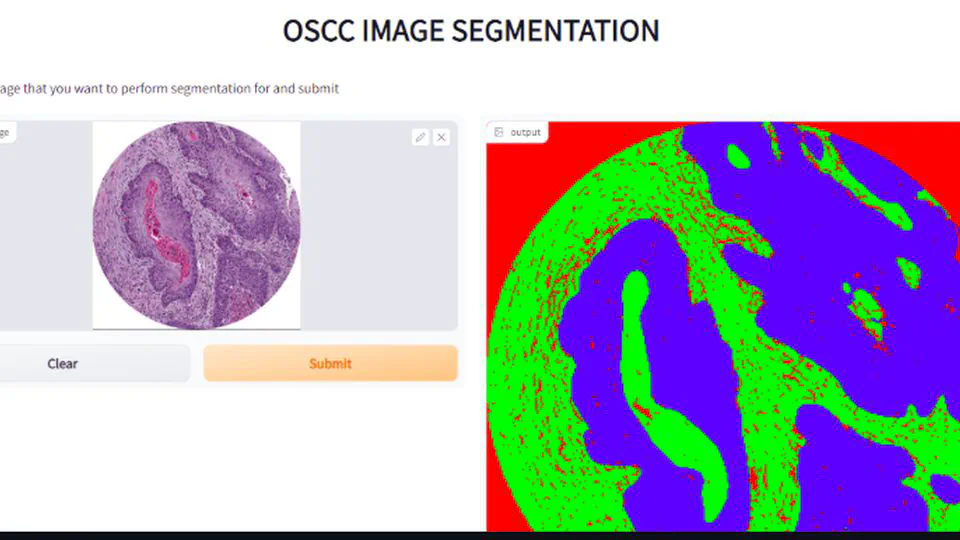OlymPick: How to Build a Tool for Curating Must-Watch Olympic Events with AI
Introduction
The Olympics are arguably the most-watched sporting event in history, featuring a vast array of competitions across nearly every sport. With so many games happening simultaneously, it often becomes a daunting task for a sports enthusiast like me to decide which event to watch. As a fan of multiple sports, I frequently find myself struggling to choose the best game to view at any given moment.



